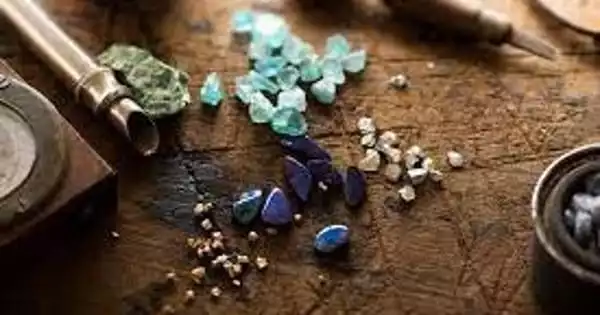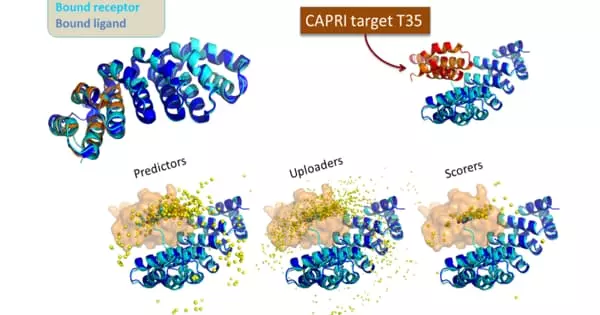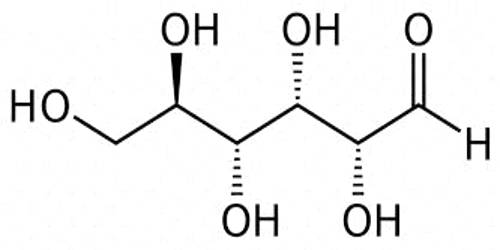Greenland possesses the world’s oldest known ruby reserves. Scientists discovered carbon leftovers from ancient life while investigating the geology of rubies to better understand the conditions required for their genesis. Researchers from the University of Waterloo uncovered carbon residue that was once ancient life imprisoned in a 2.5 billion-year-old ruby while researching some of the world’s oldest colored jewels.
The research team, led by Chris Yakymchuk, professor of Earth and Environmental Sciences at the University of Waterloo, set out to examine the geology of rubies in order to better understand the circumstances required for ruby creation. During their investigation in Greenland, which has the world’s oldest known sources of rubies, the team discovered a ruby sample that contained graphite, a mineral consisting of pure carbon. This carbon, according to analysis, is a relic of early life.
“This ruby’s graphite is truly one-of-a-kind. It’s the first time we’ve discovered ancient life in ruby-bearing rocks “Yakymchuk says “The presence of graphite also provides us with more clues to establish how rubies formed at this site, which is impossible to accomplish directly based on the color and chemical composition of a ruby.”
This ruby’s graphite is truly one-of-a-kind. It’s the first time we’ve discovered ancient life in ruby-bearing rocks. The presence of graphite also provides us with more clues to establish how rubies formed at this site, which is impossible to accomplish directly based on the color and chemical composition of a ruby.
Professor Chris Yakymchuk
The presence of graphite allowed the researchers to investigate a feature known as isotopic composition of carbon atoms, which quantifies the relative amounts of various carbon atoms. More than 98% of all carbon atoms have a mass of 12 atomic mass units, while a few are heavier, with a mass of 13 or 14 atomic mass units.
“Living stuff preferentially consists of lighter carbon atoms because they require less energy to combine into cells,” Yakymchuk explained. “We inferred that the carbon atoms were previously ancient life, most likely dead microbes such as cyanobacteria, based on the elevated abundance of carbon-12 in this graphite.”
The graphite is found in rocks older than 2.5 billion years ago, a time on the planet when oxygen was not abundant in the atmosphere, and life existed only in microorganisms and algae films.

Yakymchuk’s team revealed that this graphite not only connects the gemstone to ancient life, but it was also likely required for this ruby to exist at all. The graphite altered the chemistry of the surrounding rocks, allowing ruby growth to occur. The team’s models revealed that it would not have been feasible to make rubies in this area without it.
Scientists were taken aback when graphite was discovered within the world’s oldest rubies. As a result, they investigated the isotopic composition of carbon atoms, which quantifies the relative amounts of different carbon atoms. More over 98 percent of all carbon atoms have a mass of 12 atomic mass units, although some are heavier, with a mass of 13 or 14 atomic mass units.
“The graphite inside this ruby is unique,” Yakymchuk stated. It’s the first time we’ve discovered ancient life in ruby-bearing rocks. The presence of graphite also provides more indications as to how rubies developed at this site, which is impossible to discern only based on a ruby’s color and chemical composition.”
The investigation revealed that graphite was discovered in rocks dating back more than 2.5 billion years. At the time, there was a scarcity of oxygen in the atmosphere. Scientists discovered that the graphite not only connects the gemstone to ancient life, but it was also likely required for the ruby to exist at all. The graphite altered the chemistry of the surrounding rocks, allowing ruby growth to occur.
















